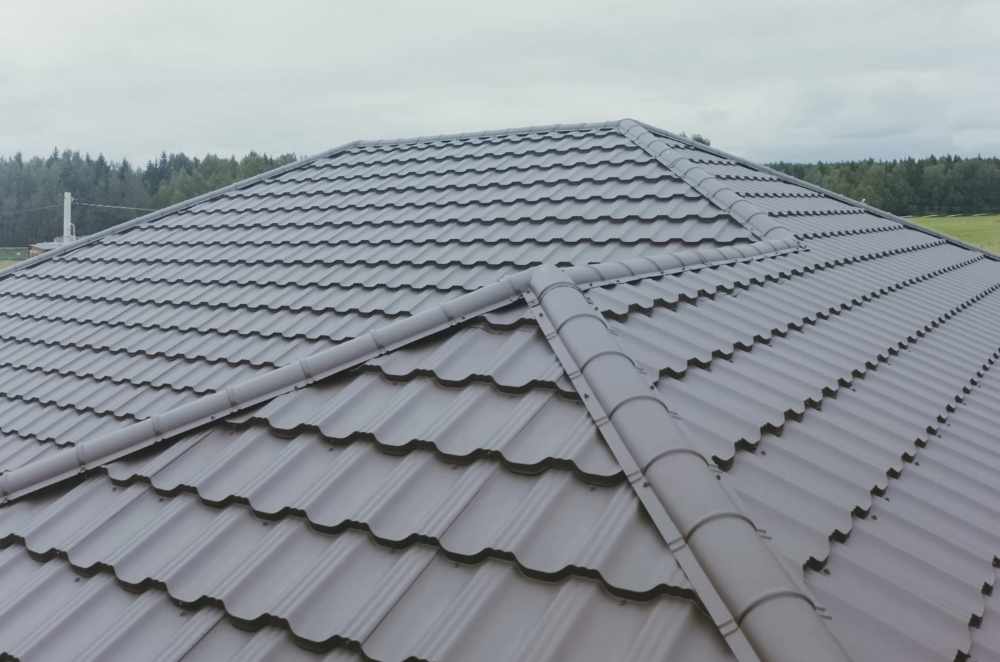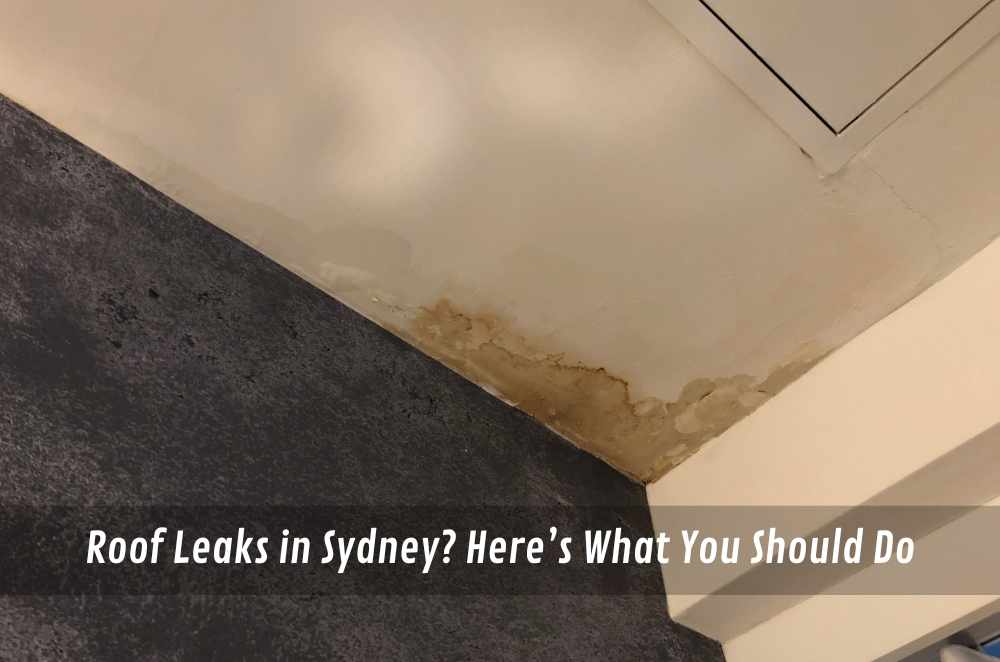
Rain finds the tiniest gaps. One wind-blown tile, a tired flashing, or a hairline crack around a vent can send water on a slow wander through insulation and plaster. The tricky bit is that leaks rarely announce themselves early; they build quietly, then show up as stains, smells, or swollen paint. Acting before the damage spreads protects framing, electrics, and sanity. That’s why roof leak repairs become less of a “nice to have” and more of a practical way to restore order. In an old place I once lived in, a faint ceiling halo looked harmless until weeks of wet weather turned it into a sagging soft spot. The fix wasn’t dramatic—just precise, timely, and safer done by someone who knew the roof’s weak points.
Sign 1: Water stains on ceilings and cornices
Sometimes the first clue is a tea-coloured bloom across the ceiling or a line of damp along the cornice. It may fade and return after rain, which hints that water is tracking on timber or pooling above a low spot before soaking through the plasterboard.
Cause: Hidden crack in a tile, lifted ridge cap, or perished pointing letting wind-driven rain in.
Pattern: Patchy rings that expand, or streaks that follow ceiling joists as moisture migrates.
Test: Gentle inspection in dry weather; check the roof space with a torch for damp insulation.
Risk: Plaster collapse if the board saturates; mould growth where moisture lingers.
A stain isn’t just cosmetic; it’s a message from above. Addressing it early keeps ceilings intact, limits mould risk, and may reveal a simple, contained fault rather than a system-wide problem that eats time and money later. Fixing the small breach early also prevents messy plaster repairs and soggy insulation replacement.
Sign 2: Drips in the roof space or eaves
Occasional drips in the roof space, damp insulation, or water at the eaves after a squall suggest a pathway that opens under wind pressure. You might also notice staining on fascia boards or soffits, especially after storms that drive rain sideways across the roof skin.
Cause: Flashing movement around chimneys, skylights, or vents where sealant has aged.
Pattern: Intermittent dripping that starts with gusts and stops once the wind drops away.
Test: Hose isolation of small areas to see if the leak reproduces with targeted water.
Risk: Timber decay in battens and rafters; rust on fixings that loosen fastenings.
If you’re checking in daylight, mind footing and avoid compressing insulation. Where access is tight or uncertain, a camera inspection from below the tiles can provide clarity without risky climbs, and it often reveals a tidy, localised fix rather than a major rebuild. Documenting what you see—times, wind direction, photos—speeds diagnosis when help arrives.
Sign 3: Bubbling paint and swollen skirting
Paint that blisters on walls below a roofline, or skirting boards that swell and pull away, often points to a leak running down inside the cavity. It’s common near valleys or where a downpipe connection has failed and overflowed into framing during heavy rain events.
Cause: Valley blockage from leaf litter or a split sarking layer directing water inward.
Pattern: Paint bubbling, hairline cracks, or a musty smell after weeks of damp weather.
Test: Moisture meter readings across suspect sections to map the migration path.
Risk: Hidden rot in studs and plates; termites attracted to persistently damp timber.
Rooftop tasks should follow safe methods, and work is best handled by a licensed roofer who understands restraint systems, fragile surfaces, and how changing weather alters risk. Protecting people comes first; after that, fixing the fault is usually straightforward and quick. With safe access sorted, attention turns to clearing the path, sealing correctly, and verifying the result under controlled flow.
Sign 4: Persistent musty smells and attic humidity
Even without visible staining, a home can tell itself through smell and stuffiness. Insulation that has soaked and dried a few times traps odour, and poor ventilation slows the purge, especially after long wet spells or when a southerly holds moisture against the structure.
Cause: Slow seep from capillary action around laps, nail holes, or aged underlay.
Pattern: Musty air is most noticeable after closing up the house for a day or two.
Test: Vent check to confirm soffit and ridge vents are clear and balanced.
Risk: Mould growth that spreads into wardrobes and soft furnishings if neglected.
If you’re weighing next steps, practical guidance on what to do about roof leaks can help organise priorities—contain, document, then plan a measured repair rather than improvising on a ladder in poor conditions. A calm plan beats rushed patch-ups that only move the problem sideways and waste weekend energy.
Sign 5: Fast-growing ceiling sag or active dripping
When a ceiling bows visibly or drips form during rain, time matters. Containment prevents a messy collapse while pointing to the leak path. A cautious puncture can release pooled water, but only after isolating power and protecting the area beneath the low point.
Cause: Acute ingress from a slipped tile, torn flashing, or storm-lifted ridge capping.
Pattern: Rapid sagging with a darker halo and soft spots that spread across the sheet.
Test: Safe relief with a small hole to drain pooling—only after a professional isolates risks.
Risk: If water approaches fittings, sudden failure of soaked plasterboard may occur.
For immediate stability, short-term measures—tarping, diversion, or bucket capture—are fine, but lasting outcomes depend on methodical repair; level heads, proper materials, and documented testing beat shortcuts every time. Guidance on how to handle a roof leak offers calm, stepwise thinking while you line up the proper fix and schedule safer access.
Bringing it all together

Leaks don’t negotiate—they follow gravity, gaps, and time. Early attention keeps them small. Start by noticing patterns: stains that bloom after northerlies, musty air after long rain, or eaves that darken and then dry in fits and starts. Contain what you can without risk, photograph the signs, and clear access so a trained set of eyes can trace the path from roof skin to ceiling line. The best fixes use modest actions in the right order: secure footing, replace the failed piece, redirect water, confirm the repair with a careful hose test, and monitor during the next downpour. In practical terms, that rhythm turns a stressful mystery into a tidy sequence with fewer surprises. Do that, and the roof goes back to what it should be—quiet, dependable, and out of mind—while the rest of the home keeps its warmth, comfort, and calm.





Write a comment ...